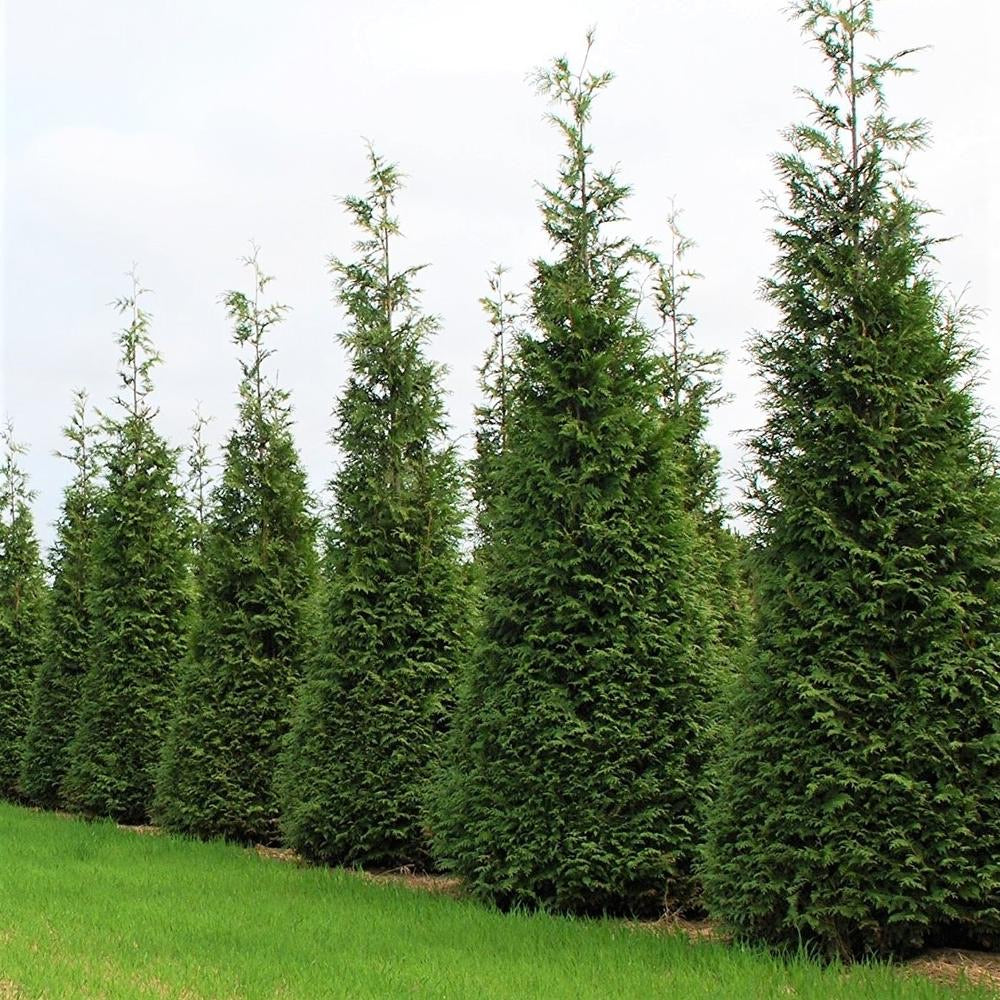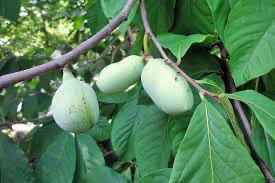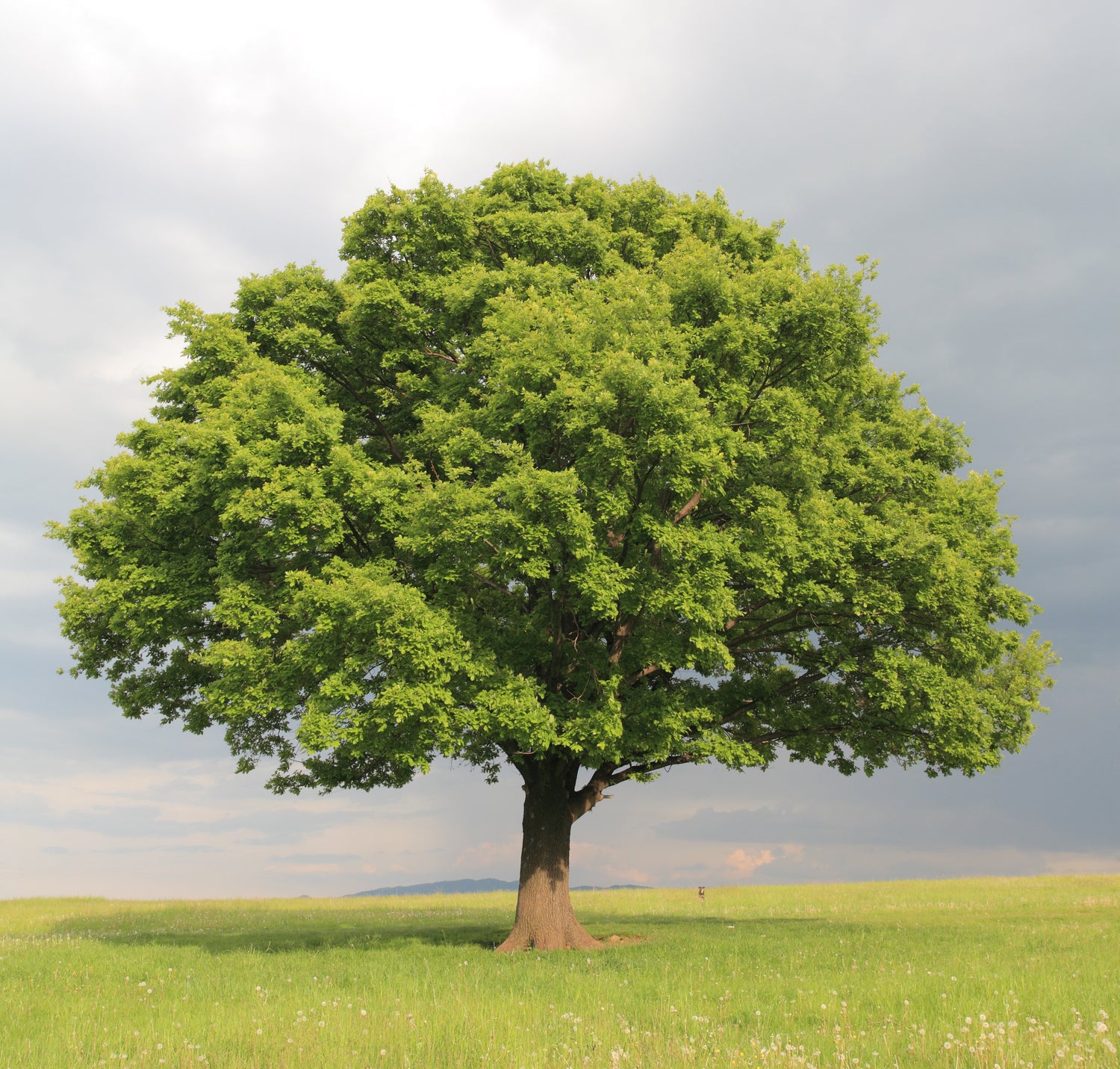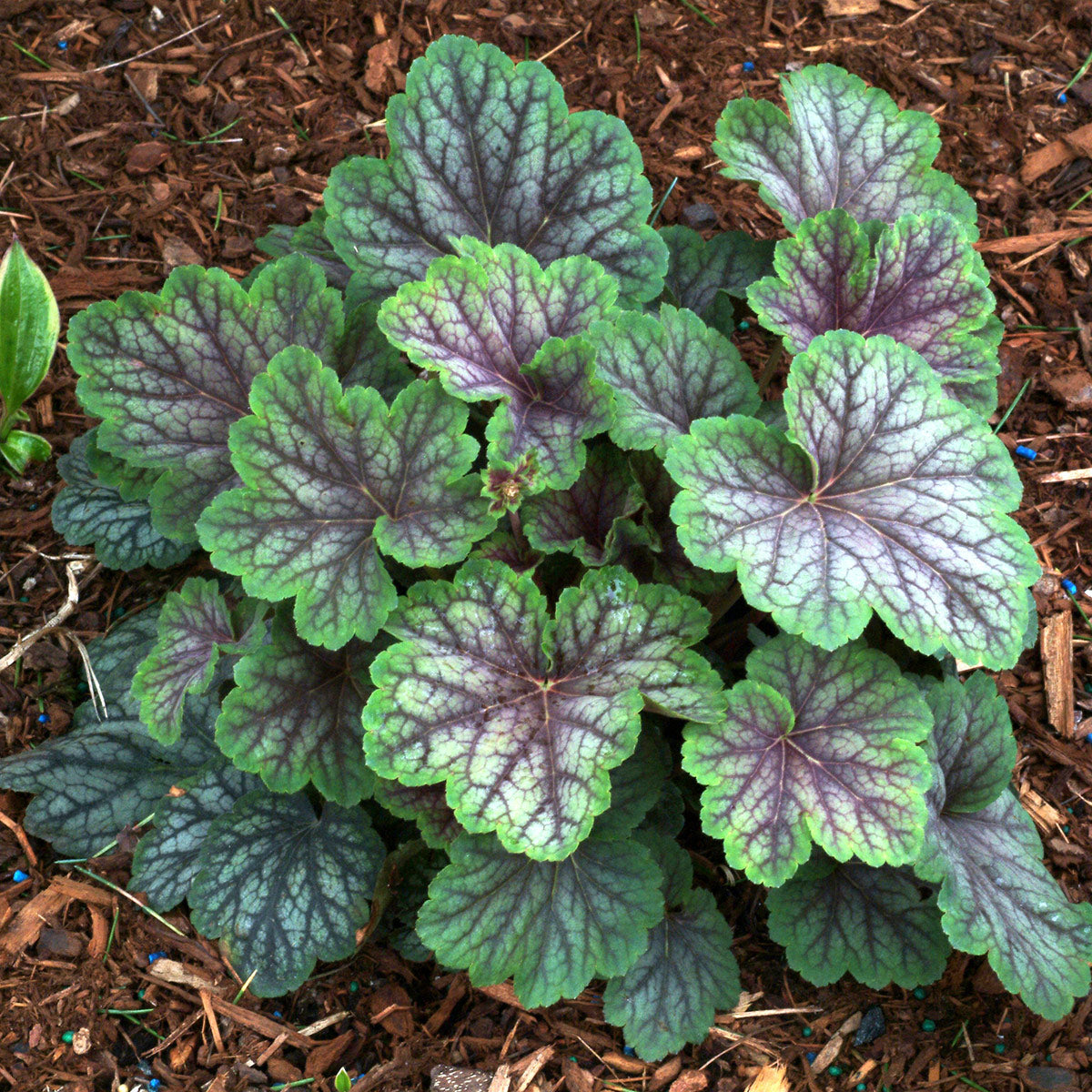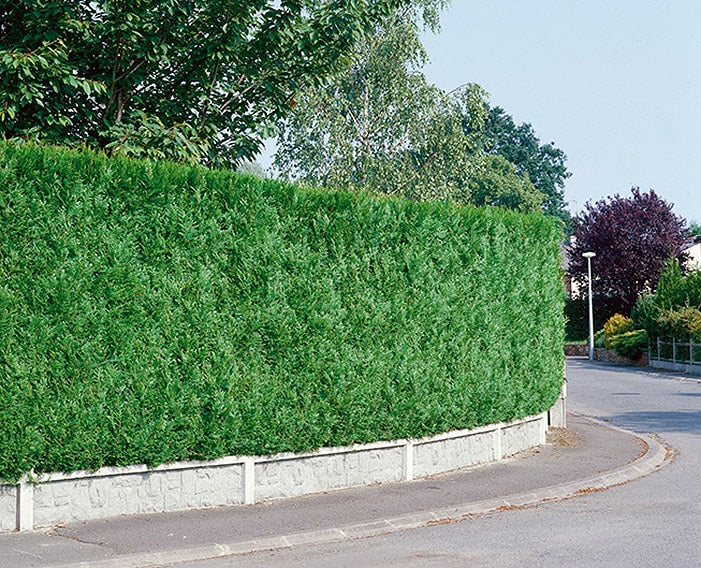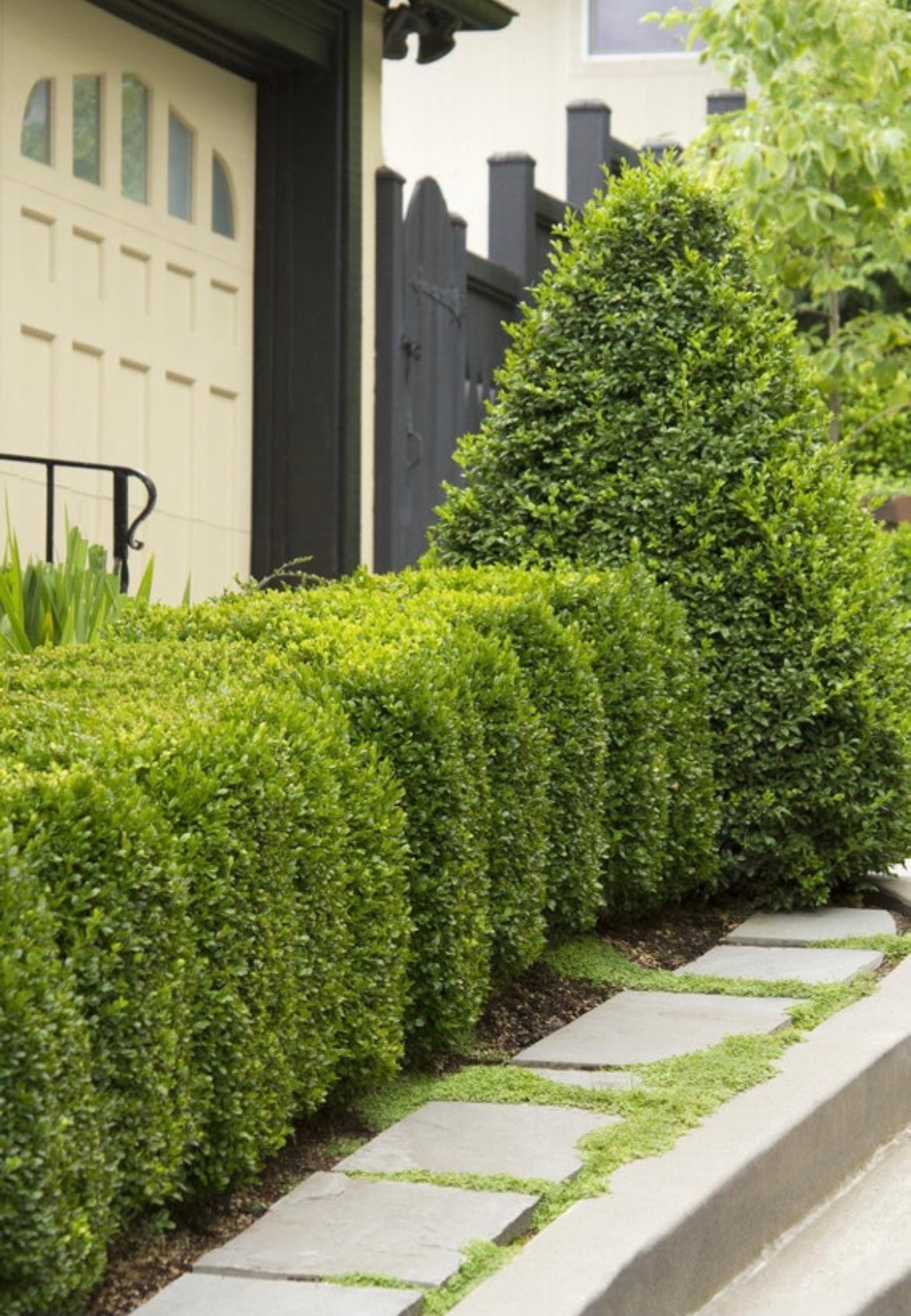
What Is a Mulch Volcano?
Let me tell you — I see it all the time. A young tree gets planted, then someone piles up mulch around the trunk like it’s a tiny volcano ready to erupt. It might look neat, but this so-called mulch volcano is one of the fastest ways to hurt a healthy tree.
Volcano mulching is when mulch is stacked high up against the base of a tree. Instead of forming a wide, flat circle around the base like a donut, the mulch looks like a mountain. It traps moisture against the trunk, hides the root flare, and can even choke out oxygen from the roots. It might seem like a simple landscaping habit, but it can do more long-term damage than most folks realize.
We’ve had customers order beautiful trees like our Eastern Red Cedar or Black Gum Tree, then accidentally mulch them into a slow death. So let’s break this down so you can avoid that.
Why Volcano Mulching Is So Dangerous
So what’s the big deal? Why can’t you just pile mulch up around the tree trunk?
Here’s what happens when you volcano mulch:
-
You bury the root flare, which is the base of the trunk where it widens at ground level. When this is buried, the tree can’t breathe properly.
-
The bark stays wet constantly, leading to fungus, rot, and pests.
-
New roots grow into the mulch, circling the trunk and choking the tree — a condition called girdling.
-
Stability is lost, especially in young trees, making them more likely to tip over in strong winds.
When you mulch too close to the trunk, you’re basically trapping moisture where it doesn’t belong. Trees need moisture in the roots — not on the trunk. This is especially risky with species like maples, dogwoods, or fruit trees, which are prone to trunk rot.
If you’re planting something from our nursery, like the Pawpaw Tree or a Pear Tree, please mulch correctly — your trees will thank you.
The Right Way to Mulch: Think Donut, Not Volcano
Here’s the fix: ditch the volcano, and go for a donut. That’s what we always tell folks who order from us and want their trees to thrive.
Instead of piling mulch right up against the trunk, you want to:
-
Pull mulch back so it’s at least 3–6 inches away from the tree trunk.
-
Keep it low and wide — about 2–4 inches deep and 2–3 feet wide around the base of the tree.
-
Shape it like a donut, with the center ring (the tree trunk area) completely open so the bark can breathe and dry out naturally.
This approach allows moisture to soak into the soil where roots need it, while keeping the trunk dry and disease-free.Whether you're planting a Japanese Maple or one of our Dwarf Burning Bushes, a simple mulch donut goes a long way in promoting plant health and avoiding problems.
Why Some Landscapers Still Get It Wrong
You’d be surprised how often we see “professional” landscaping crews get this completely wrong. I’ve driven through neighborhoods where every single tree looks like it’s sitting in a mulch volcano. It’s frustrating, especially knowing those trees are on the fast track to decline.
Why does this happen? Mainly because it’s fast, it looks tidy, and many folks don’t know better — even some landscapers. But just because something looks polished doesn’t mean it’s healthy. Trust me, we’ve helped countless customers replant or rescue their trees after poor mulching jobs from the year before.
If you're just getting started, check out our FAQ page where we break down the most common care mistakes — mulching issues come up often.
What Happens When You Volcano Mulch?
Let me break it down — volcano mulching strangles your tree over time. When you mound mulch high up the trunk:
-
The bark stays wet, which leads to rot, fungus, and disease.
-
Roots start growing up into the mulch, instead of down into the soil, leading to weak, tangled, surface-level roots.
-
The tree can’t breathe, especially the root flare, which is essential for strength and stability.
Eventually, your tree becomes more likely to fall over in a storm or just slowly decline year after year. I’ve seen beautiful trees planted by families turn into sad, leaning messes in just a few seasons — all because of that big mound of mulch. That’s why it’s so important we mulch with care — especially when planting trees like our Black Gum Tree or Eastern Red Cedar.
The Root Flare Matters — Here’s Why
The root flare is that little widening at the base of the trunk, right where the roots begin to spread out. Trees are meant to have this part visible. When you bury it under mulch, the tree gets confused — literally. Roots start circling, moisture stays trapped, and decay sets in.
I always remind our customers: if you can’t see the root flare, it’s time to fix your mulch.
We cover this in more depth on our tree planting tips blog, especially for new gardeners. It’s a small detail that makes a huge difference — especially for long-living trees like oaks, maples, and fruit trees. And if you're planting something on the smaller side, like our Dwarf Burning Bush, it’s just as important. No one wants to redo landscaping a year later.
The Right Way to Mulch Around Trees
So how do we fix it? It’s actually pretty simple — think doughnut, not volcano.
Here’s how I do it around all our trees, whether it’s a Red Emperor Japanese Maple or a fast-growing Granny Smith Apple Tree:
-
Pull mulch away from the trunk – leave a 2-3 inch gap.
-
Make a ring that’s about 2–3 feet wide, depending on the size of the tree.
-
Keep mulch 2–4 inches deep – thick enough to suppress weeds, but not smother the soil.
-
Fluff it up yearly – compacted mulch can repel water instead of helping.
I mulch this way in all my planting beds. It helps with moisture retention, reduces weed pressure, and most importantly — keeps the tree healthy.
Mulch Helps, But Only When Done Right
I’m not anti-mulch — I’m just against bad mulching. When done right, mulch:
-
Keeps the soil moist
-
Prevents weed competition
-
Regulates soil temperature
-
Adds organic matter as it breaks down
But it only does these things when it’s not suffocating your tree.
If you're planting one of our fruit trees like a Honeycrisp Apple Tree, it’s especially important. Young fruit trees need air flow and healthy roots to grow fast and fruit early — the last thing they need is bark rot from sloppy mulching.
We also touch on this in our post about small trees under 25ft, since smaller trees are even more vulnerable when planted close to houses or fences where airflow is reduced.
Mulch Smart, Not Fast
At the end of the day, mulch is one of the best tools we’ve got to help trees stay healthy — but only when it’s used the right way. That means ditching the volcano mulch piles and going with a donut-shaped ring instead. Always keep that root flare visible. Your tree’s long-term health depends on it.
If you’ve recently picked up something like our black gum tree for sale, or maybe you’re planting a dwarf burning bush, we want it to thrive for years to come. That starts with planting and mulching the right way.
We’ve even got a simple tree care guide that walks you through mulching, watering, and more — super handy if you're new to all this.
Learn More: Mulch Like a Pro
If this article got you thinking more about your mulching habits, take a look at our post on leaf mulching tips. Using leaves instead of wood mulch in some areas can actually improve your soil while protecting your plants — and it’s free if you’ve got trees in your yard already.
You can also explore our full blog library of tree and plant care tips. From avoiding transplant shock to figuring out how to keep your new tree watered during dry spells, we’ve got your back.
Your plants will thank you for mulching smarter — not just piling it on. Every little bit of care now pays off big time down the road.



